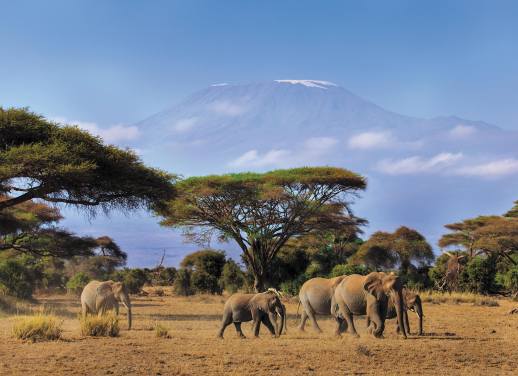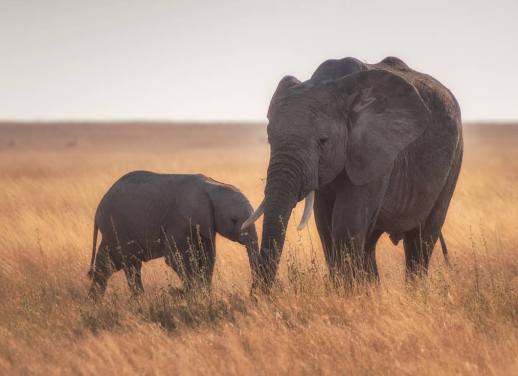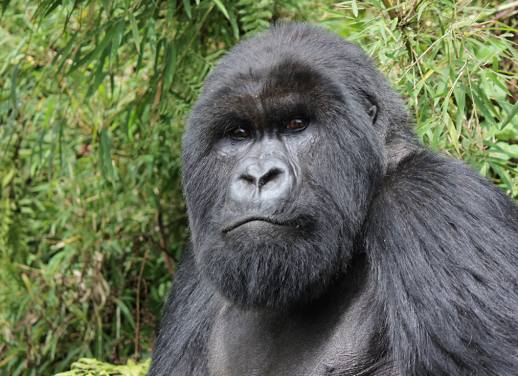It’s one of the popular climbs on the planet, but hiking Tanzania’s Mt Kilimanjaro is no easy feat. Standing 5895 metres tall and often covered in snow, the summit eludes many due to altitude sickness and ill preparation. Since the latter can strike even the most experienced hikers, being well prepared will give you the best chance of making it to the top.
In addition to the handy packing list you’ll find on Intrepid’s Kilimanjaro itineraries, these are the accessories that got me to the summit.
1. A solar battery charger
With no power sources on the mountain, the only way to keep your devices charged during the hike is to bring your own power. And with cool mountain climes known to zap battery life faster than usual, you’ll need it if you like taking photos or listing to music. While still not particularly cheap, solar chargers are a lot more compact than they used to be, making one a great investment for Kili, and multi-day hikes beyond.
KEEN ON KILIMANJARO? CHECK OUT OUR RANGE OF SMALL GROUP TREKS IN TANZANIA NOW
 2. Hiking poles
2. Hiking poles
You might not use more than one hiking pole on your ascent of Kili, but you’ll be glad you brought two on summit day, not so much for the uphill slog, but for the incredibly steep descent, which can turn your knees to jelly in minutes. If you’re heading down via the Marangu route, it’s a six-to-eight-hour hike down to your last camp on the mountain. For those exiting via Mweka Gate, bank on a nine-to-ten-hour hike down to Mweka Camp.
3. Reusable hand and toe warmers
If you feel the cold, hand and toe warmers are essential for summit day, when temperatures can drop below -20°C. Avoid adding to the smattering of hand and toe warmers that have been discarded on the mountain by past climbers and invest in a reusable set that can be reactivated on your next adventure by dunking them in boiling water.
RELATED: WHAT I WISH I KNEW BEFORE CLIMBING KILIMANJARO
 4. An ultra-motivating playlist
4. An ultra-motivating playlist
You might prefer to chat to your hiking buddies during the first few days of your trip, but on summit day, it’s every hiker for themselves: you’ll be trekking in the dark, in single file, for around six hours, and will likely be puffing too hard to get more than a few words out en route. Keep your device close to your body to ensure the battery stays juiced until you reach the summit.
5. A sanitary bag
Despite Kilimanjaro National Park’s strict no-littering policy, many travellers continue to leave their toilet paper behind, which can take years to break down in the overwhelmingly dry climate. Avoiding adding to this eyesore by keeping a small bag stashed in your pocket (such as a zip-lock bag or a sanitary bag from a hotel) that you can use to store used toilet paper or wet wipes before emptying it in a drop toilet upon arrival at your next camp.
6. A shower in a bottle
As there are no showers on the mountain, fans of non-greasy hair would be wise to invest in a bottle of dry shampoo (or talcum powder, which has a similar effect and can also be sprinkled in your shoes and socks to keep odors at bay). Similarly, wet wipes are the closest you’ll get to a shower on the mountain. By investing in a biodegradable brand, you can help to reduce the impact of the waste you produce in Africa.
RELATED: MACHAME OR MARANGU? WE ASK A LEADER WHICH KILIMANJARO ROUTE IS BEST
 7. Water bladder
7. Water bladder
Rather than waste valuable energy (and time) taking off your daypack to retrieve your water bottle, invest in a water bladder that you can sip from while you walk. I packed an extra one-litre water bottle in my day pack, and only reached for it on longer hiking days when I drained my two-litre bladder. Note that plastic bottles are strictly banned on Kilimanjaro.
8. Hiking buff
When your neck isn’t burning on Kili, it’ll be freezing. Or the wind will be blowing your hair everywhere. But you can easily contain these issues with a hiking buff, a stretchy tube of fabric that can be fashioned into everything from a beanie to a headband, a sleeping mask to a neck gaiter, and even a balaclava. Pick one up at an outdoorwear store.
RELATED: LISTEN TO THE SWAHILI SONG THAT WILL GET YOUR TIRED LEGS UP MOUNT KILIMANJARO
9. All of the meds
Intrepid recommends packing headache tablets and diarrhea medication, but it’s also wise to bring medication for colds and flu as well as constipation, which can strike at high altitude. After learning my lesson the hard way, I never set out on a multi-day hike without rehydration salts, and if you’re planning to take Diamox (the standard medical prophylaxis agent for altitude sickness), be aware it can mask the symptoms.
SUBSCRIBE TO INTREPID’S NEWSLETTER FOR TRAVEL TIPS, COMPETITIONS, GIVEAWAYS & MORE
 10. Crampons
10. Crampons
If you’re planning to hike at the time of year when there is likely to be snow on the summit (roughly December to June), consider bringing crampons. Like hiking poles, these may not help you so much on the uphill slog if the trail is already boot-packed, but crampons can help to speed up your descent considerably, which can get a little slippery as the snow begins to warm up after the sun rises.
Ready for the hike of a lifetime? Check out our range of small group treks up Mt Kilimanjaro now.
All images by Lucy Piper.

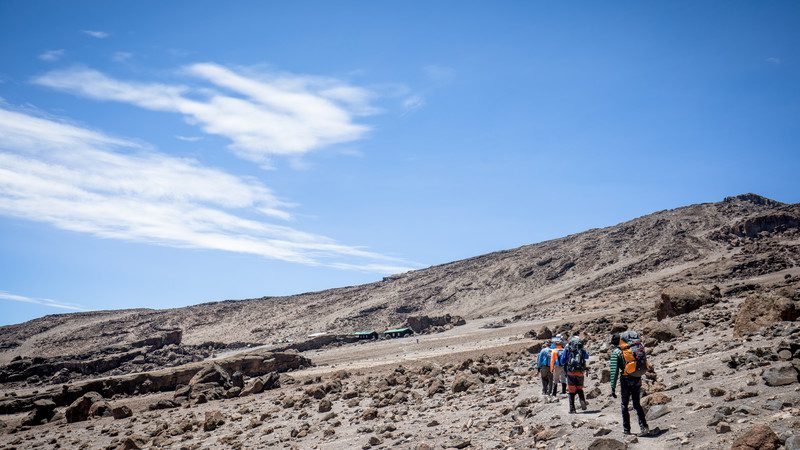
 2. Hiking poles
2. Hiking poles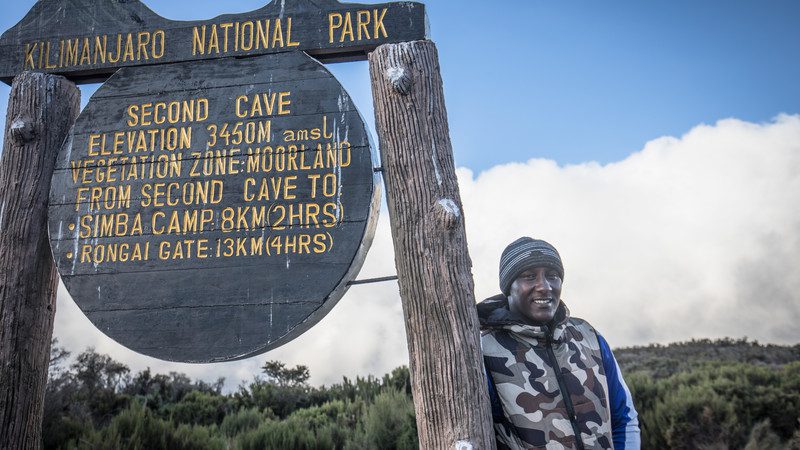 4. An ultra-motivating playlist
4. An ultra-motivating playlist 7. Water bladder
7. Water bladder 10. Crampons
10. Crampons